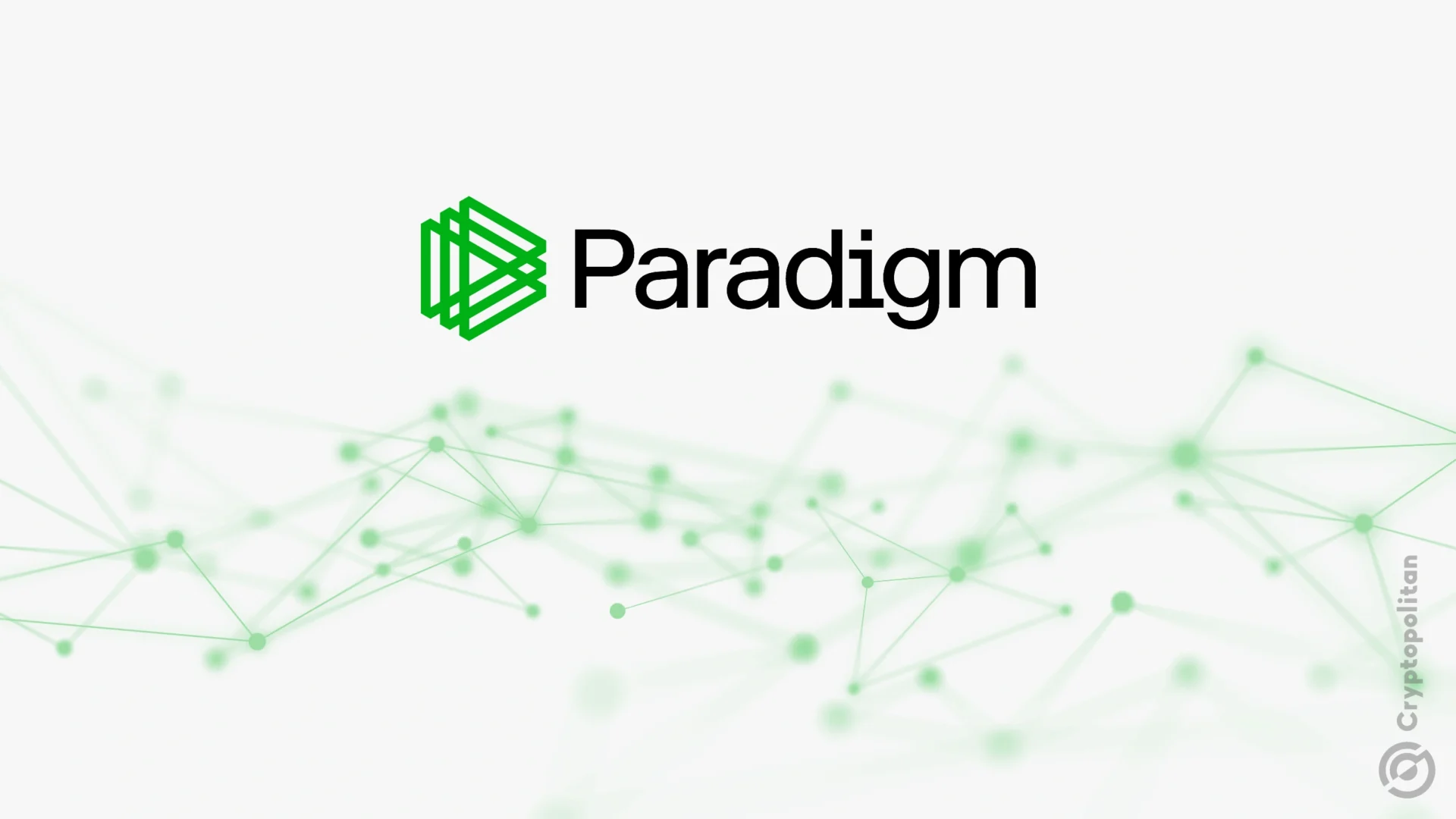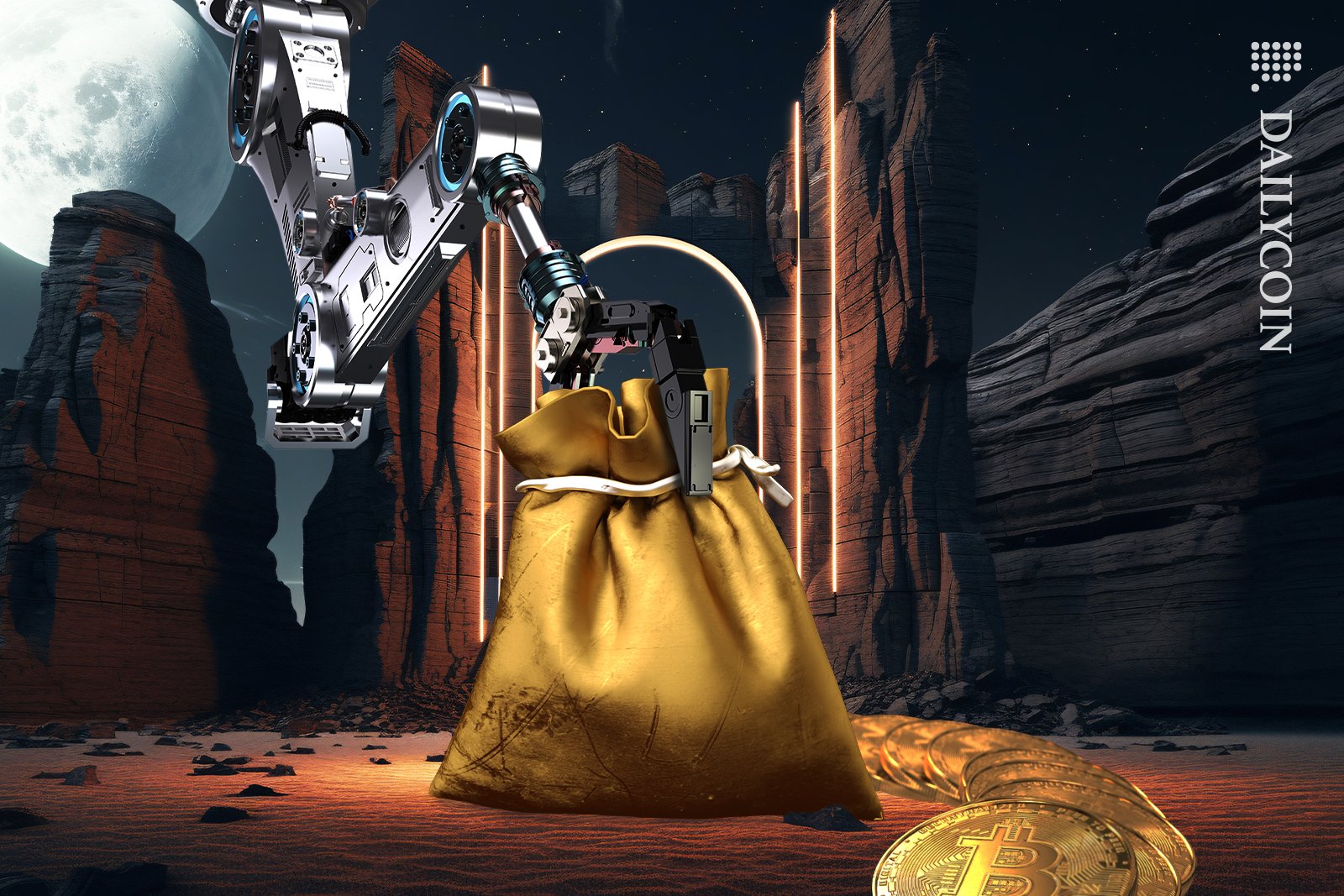Paradigm’s Brendan Malone has a lot to say about blockchains and their potential to turn finance—and a whole lot more—on its head. Brendan, who used to work at the Federal Reserve, is now knee-deep in crypto at Paradigm.
He’s been in the trenches since 2013, back when Bitcoin was still a novelty. Brendan believes the blockchain is already changing the global financial system, even if most people haven’t noticed yet.
Traditional finance has always been about building massive, expensive systems that only a few players can afford. Think big data centers, custom software, and tons of integration with existing systems.
But Brendan says blockchains change the game by reducing these massive entry costs. Instead of building everything from scratch, you just plug into a global, decentralized network that’s already up and running.
TradFi: High costs, low innovation
The financial world isn’t known for being cheap or quick to innovate. Brendan said:
“Building a financial system used to mean sinking millions into infrastructure. Look at the Fed. They spent over half a billion dollars on FedNow, a service that just runs alongside their existing Fedwire system.”
Financial giants like Intercontinental Exchange, which runs the New York Stock Exchange, burn through hundreds of millions on tech and infrastructure every year.
But why is this a problem? Because where there’s no competition, there’s no push to innovate or cut costs. Without rivals nipping at their heels, these big players get lazy, charging whatever they like because, well, where else are you going to go?
Brendan points out that these legacy systems are more interested in protecting their turf than in changing things up with new ideas. “There’s no incentive for them to innovate because they’re not being challenged,” he said.
Blockchains, according to Brendan, offer a way out. They lower the barriers to entry by slashing those huge upfront costs.
Want to build a payment system? You don’t need a big data center—you just need some crypto. Want to create a new kind of exchange? Forget about all the heavy infrastructure.
You can do it all on a public blockchain, paying only for what you use. And the best part? Everything works together out of the box. No more jumping through hoops to get different systems talking to each other.
“Decentralization can bring inefficiency,” a flimsy argument
There’s this ongoing debate about whether everything needs to be on a blockchain. Do we really need a decentralized network for every little thing? Brendan acknowledges that there are trade-offs.
“Sure, decentralization can add inefficiency,” he said. “But it’s a flimsy argument to say that blockchains aren’t worth it because of some added costs.”
When the rest of our lives are moving online, having a secure, public infrastructure that can handle all this is more of a necessity than a luxury. Brendan also dismisses claims that blockchain’s benefits could be had without cryptocurrencies.
“You need tokens like ETH to make these networks work. They’re not just there for show. They’re what keep the whole thing running and incentivize people to build. We’re only going to see more projects and more applications as time goes on.”
He challenges everyone in the crypto space, especially those working on policy, to focus on how they can make things better, not just harp on the negatives.





